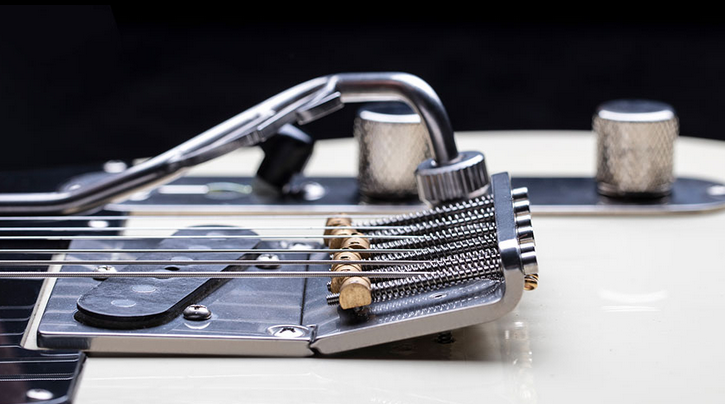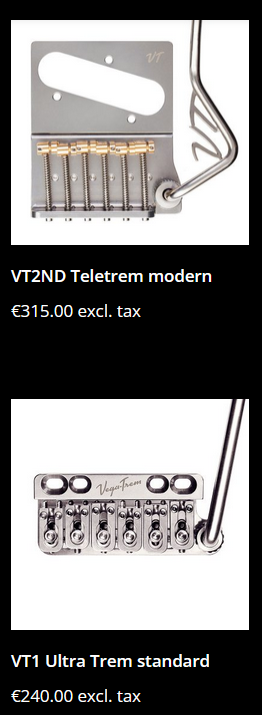If you want to expand your creative and sonic possibilities, the electric guitar tremolo system is an essential tool for modern guitarists. Installed on the guitar bridge, this mechanism lets you modify string tension instantly using a lever or tremolo arm. With this feature, players achieve unique vibrato effects, dynamic pitch changes, and enhanced expressiveness—elements that set every performance apart.
What is an electric guitar tremolo?
An electric guitar tremolo is a system integrated into the bridge that, via the tremolo arm, lets you alter string pitch while playing. When you use the arm, the bridge moves and temporarily changes the tuning, creating vibrant sounds, dive-bombs, and creative variations perfect for solos and rhythm parts alike.
Types of electric guitar tremolo systems
There are several tremolo systems, each offering distinct characteristics:
-
Classic bridge tremolo: Enables smooth pitch shifts, perfect for subtle vibrato and expressive details.
-
Dual-action tremolo systems: Allow a wider range of movement, producing dramatic pitch bends both upward and downward.
-
Floating tremolo systems: The bridge is balanced by springs in the guitar’s rear cavity, giving you flexible, expressive response when using the tremolo arm.
Each type suits different needs—a subtle touch for gentle modulation or broader movements for striking sound effects.
Uses and benefits of electric guitar tremolo
The tremolo is valued for its extensive applications. Using the arm and bridge together allows you to:
-
Create expressive vibrato easily—no advanced finger technique required.
-
Perform rapid pitch drops, glides, and other impressive effects favored in solos and rhythm sections.
-
Add dynamic nuance and color in genres like rock, blues, pop, surf, funk, and experimental styles.
-
Give your performance a richer, more personal touch by instantly controlling string tension.
Musical styles for electric guitar tremolo
Tremolo systems and their bridge and arm are common across a variety of genres—rock (classic and modern), blues, pop, funk, as well as alternative and fusion. A bridge equipped with a tremolo arm opens new creative directions, empowering guitarists to add signature effects and expressive detail.
Main parts of an electric guitar tremolo system
A tremolo system comprises several key components:
-
Bridge: The anchor point for the strings and the main transfer spot for tonal vibrations.
-
Tremolo arm: The lever used to operate the tremolo system and create real-time pitch variation.
-
Springs: Located in the back cavity, these balance the bridge’s movement and maintain its neutral position.
-
Saddles: Support the strings and are adjustable for custom tremolo action.
-
Base plate and adjustment screws: Provide overall stability and let you fine-tune the action and bridge return.
Conclusion
Adding an electric guitar tremolo system opens the door to a world of sounds, making every performance more expressive and unique. Mastering the use of the bridge and arm will help you unlock effects and styles to take your music to the next level.


